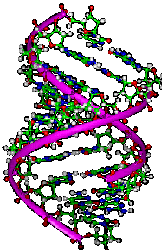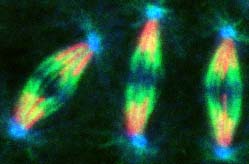|
|
|
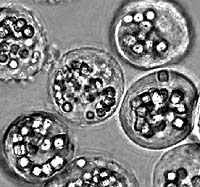 __________________________________________________________________
__________________________________________________________________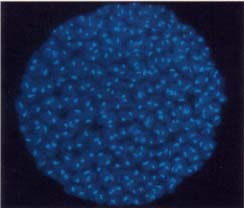
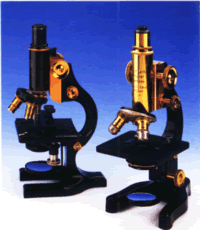
Anaphase- A stage in mitosis and meiosis when chromosomes begin moving to opposite ends (poles) of the cell.
Asters-Radial microtubule arrays in animal cells which are located around each pair of centrioles.
Cell Membrane-A thin semi-permeable membrane that surrounds the cell's cytoplasm.
Centrioles-Centrioles are cylindrical structures found in animal cells that are composed of groupings of microtubules arranged in a 9 + 3 pattern. They help to organize the assembly of microtubules during cell division.
Centromere-Chromosome region that joins two sister chromatids.
Chromatid-A chromatid is one-half of a replicated chromosome.
Chromatin-Mass of genetic material composed of DNA and proteins that condense to form chromosomes in eukaryotic cell division. Chromatin is located in the cell's nucleus.
Chromosome-Long, stringy aggregate of genes that carry heredity information and are formed from condensed chromatin.
Cytokinesis-Division of the cytoplasm that produces distinct daughter cells.
Cytoplasom-All of the contents outside of the nucleus of a membrane bound cell. This includes organelles and the cytosol.
Cytoskeleton-The cytoskeleton is a network of fibers throughout the cell's cytoplasm that helps the cell maintain its shape and gives support to the cell.
Cytosol-The semi-fluid component of a cell's cytoplasm.
Daughter Cell-Cell resulting from the replication and division of a single parent cell.
Daughter Chromosome-Chromosome resulting from the separation of sister chromatids.
Diploid Cell-A cell that contains two sets of chromosomes (one set donated from each parent).
Gametes-Haploid reproductive cells that unite during sexual reproduction to form a diploid zygote. Male gametes are sperm and female gametes are eggs.
Haploid Cell-A cell containing one set of chromosomes.
Interphase-A stage in the cell cycle when a cell doubles its cytoplasm and synthesises DNA.
Meiosis-A two-part cell division process in organisms that sexually reproduce, which results in gametes with one-half the number of chromosomes of the parent cell.
Metaphase-A stage in cell division when chromosomes align along the metaphase plate in the center of the cell.
Microtubules-Microtubules are hollow rods functioning primarily to help support and shape the cell and as "routes" along which organelles can move. They are typically found in all eukaryotic cells.
Mitosis-The process by which a cell divides and produces two daughter cells from a single parent cell.
Nucleus-The nucleus is a membrane bound structure that contains the cell's hereditary information and controls the cell's growth and reproduction. It is commonly the most prominent organelle in the cell.
Prophase-A stage in cell division when chromatin condenses into discrete chromosomes. The nuclear envelope breaks down and spindle fibers form at opposite "poles" of the cell.
Sister Chromatids-Two identical copies of a single chromosome that are connected by a centromere.
Spindle Fibers-An aggregate of microtubules that move chromosomes during cell division.
Telophase-A stage in cell division when the nucleus of one cell is divided equally into two nuclei.
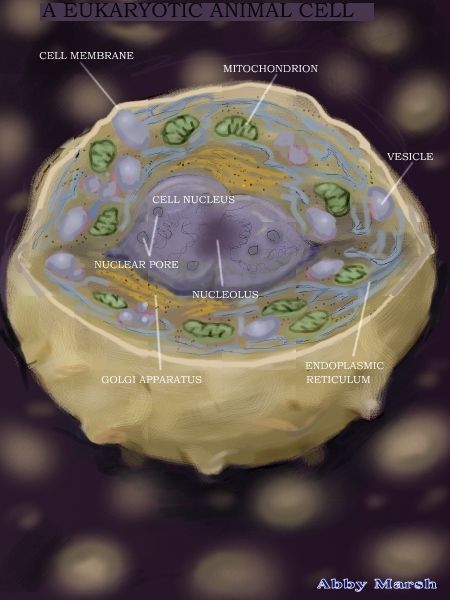
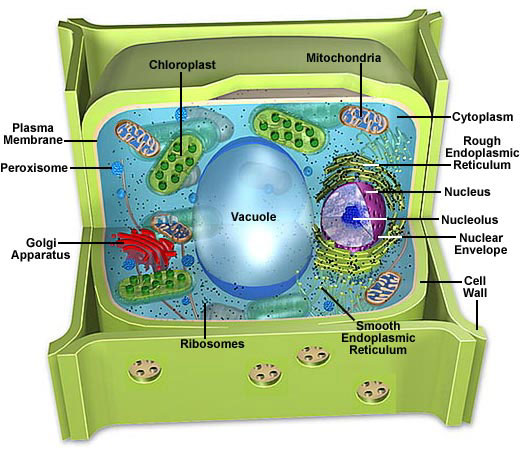
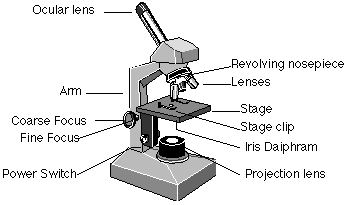 _______________________________________
_______________________________________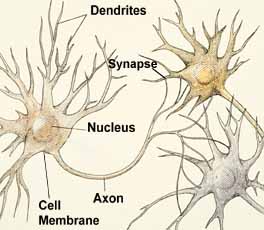
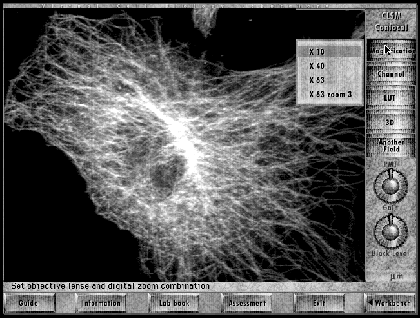
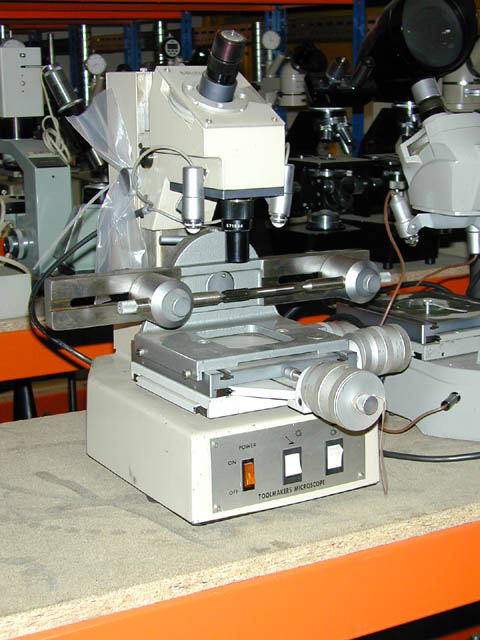 __________________________________
__________________________________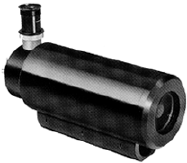
 ___________________________________________________
___________________________________________________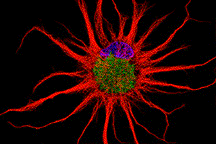
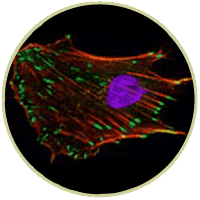 ___________________________________
___________________________________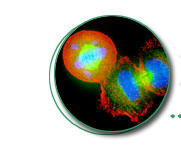
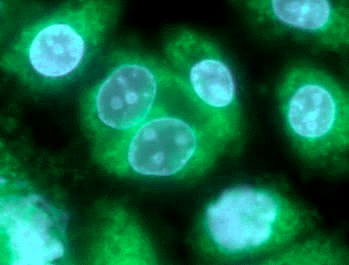 ____________________________________________
____________________________________________